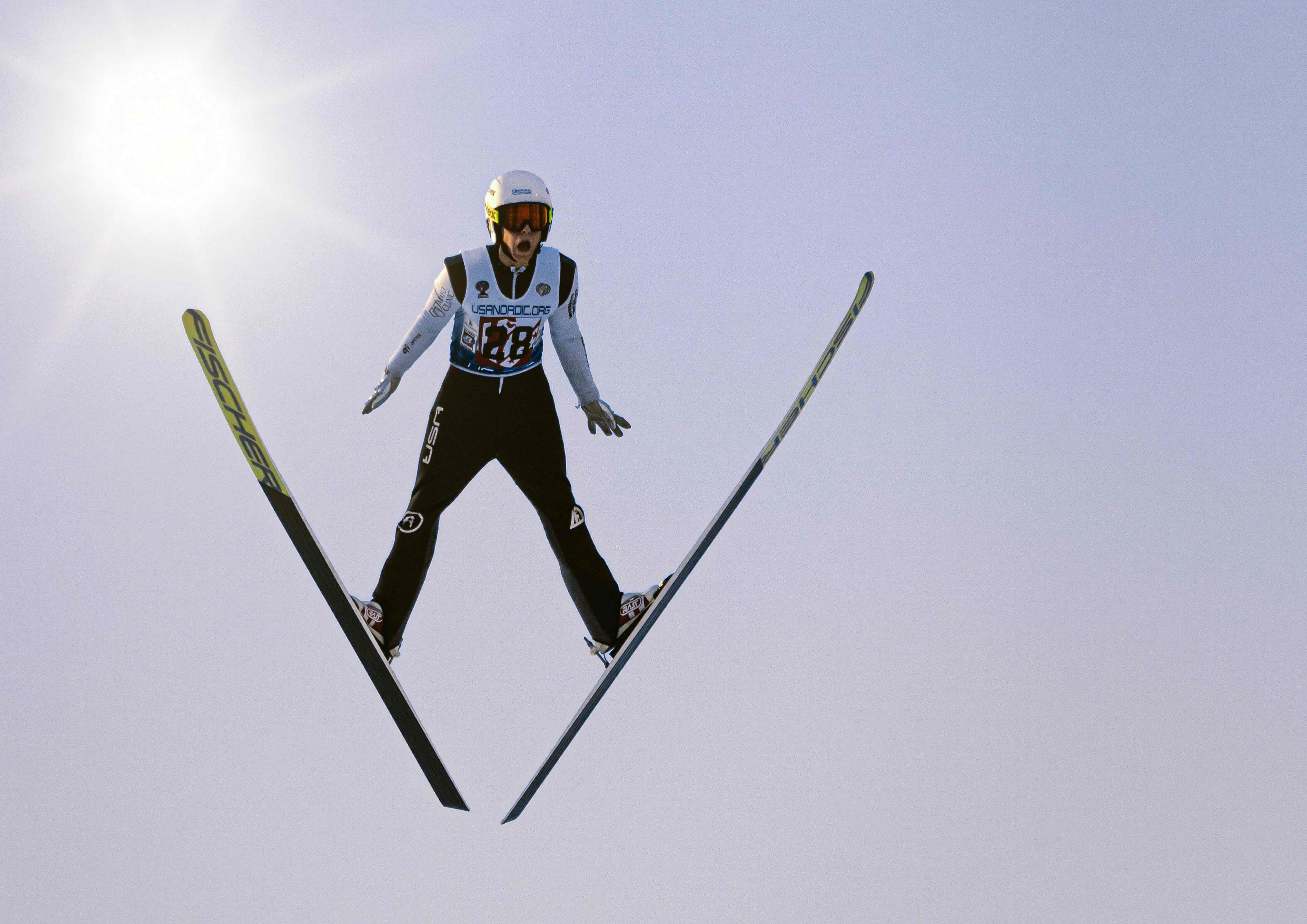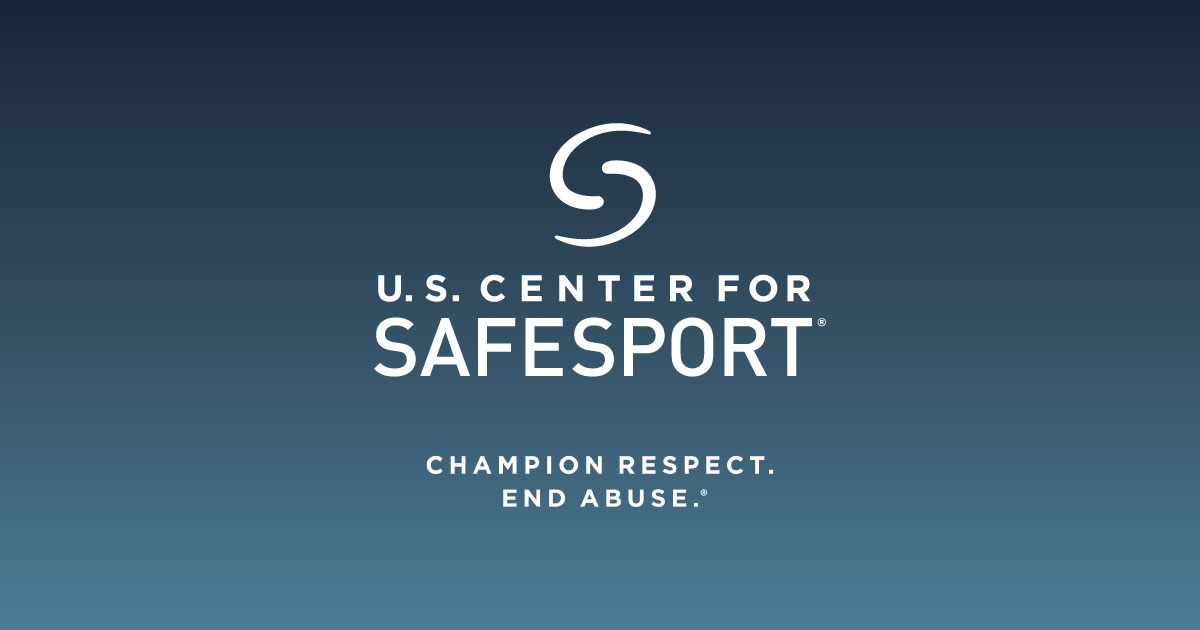
A key part of safeguarding in sports is being aware of the power imbalances at play in athletic spaces. A power imbalance exists when one person holds authority over the other. In sports, power imbalances can occur among athletes and between athletes and their coaches, trainers, and medical professionals.
This dynamic is not bad, per se, similar to how a teacher has authority over a student and an employer over an employee. Athletes rely on the guidance and expertise of their coaches, trainers, medical professionals, and those in power to flourish. When these relationships are built on trust, respect, and guidance, athletes thrive and their performance improves. Coaches use their expertise to foster the physical, mental, and emotional development of their athletes and wield their influence to help access better training and competitive opportunities. But sometimes this power imbalance can lead to relationships based on power and control instead of care and support. Learn more about identifying patterns of healthy and unhealthy relationship dynamics with our C.A.R.D. Diagrams.
Coaches, for instance, have “reward” power in which they determine whether an athlete competes in certain events or at a particular level. This power can be used as leverage over an athlete or to bar them from excelling in their sport. Coaches can also use charisma to bully, charm, or exert force over an athlete. This includes verbally, emotionally, and sexually abusive conduct and any behavior that disrespects the athlete’s physical and psychological safety.
Trainers and medical staff, for example, may use their “expert” or “informational” power as a guise for inappropriate conduct. Under the veil of their medical expertise and credentials, they may try to sway or influence an athlete that a certain type of contact is appropriate or routine. To learn more about various types of power, view the Olympics Accordion on Sexual Abuse.
When these power imbalances are present, the stage can be set for misconduct, abuse, and grooming to occur. This is because the athlete, not in power, is set up to trust the person who has authority. Additionally, the athlete cannot give consent appropriately and freely because they are not on equal ground. Quid pro quo situations might be occurring, or other forms of manipulation or duress may be present. This is why it is not appropriate for a coach to enter a romantic or sexual relationship with an athlete they train.
Therefore, when power imbalances are present, there is an increased need for boundaries. We know that boundaries can get blurred from sports to personal lives as coaches and athletes spend extensive time together. To safeguard our athletes and preserve the integrity of our sports, we must empower all members of our athletic communities with healthy and effective boundaries. These include transparent communication, a signed code of conduct, and following The Window Rule, which promotes observable and accountable interactions. It’s up to all of us to ensure those in power are kept in check, and that relationships are safe and respectful—for coaches and athletes.
To learn more about power imbalances, watch the following PSA from #WeRideTogether.
Kathryn McClain, MSW, MBA
Program and Partnerships Director at #WeRideTogether



-min.jpg)
